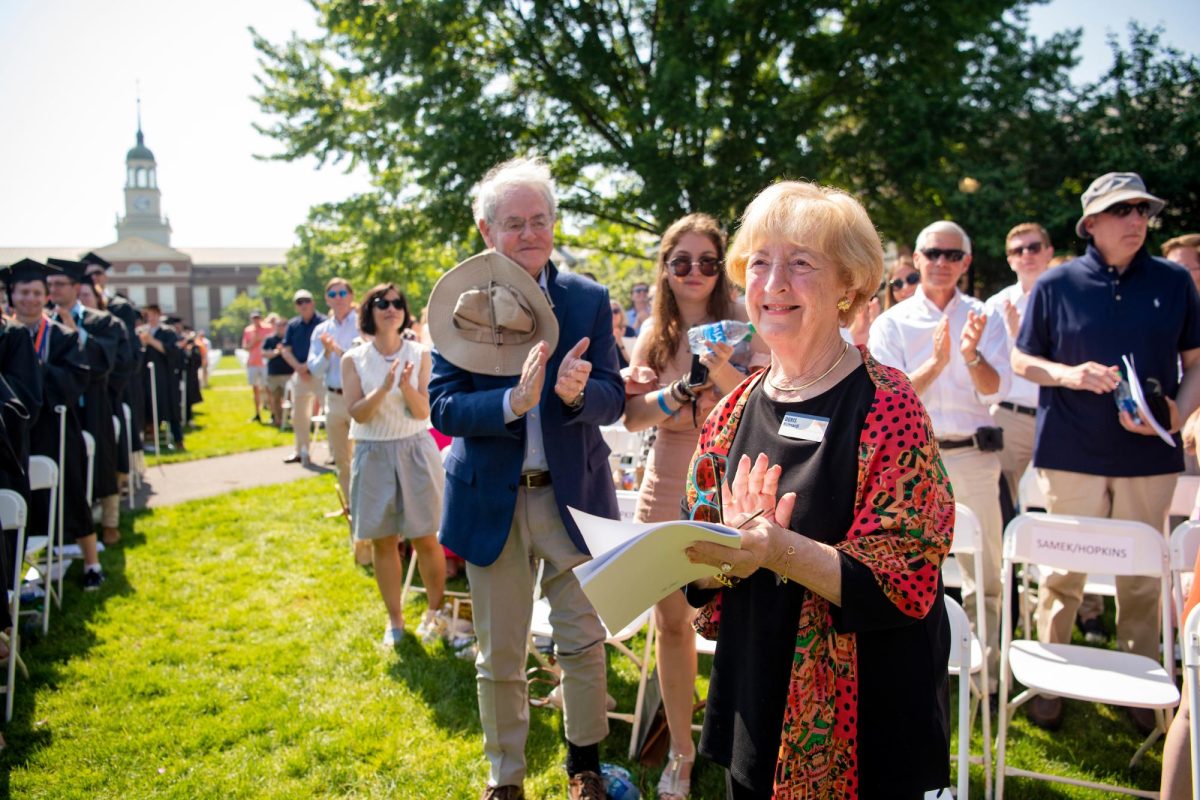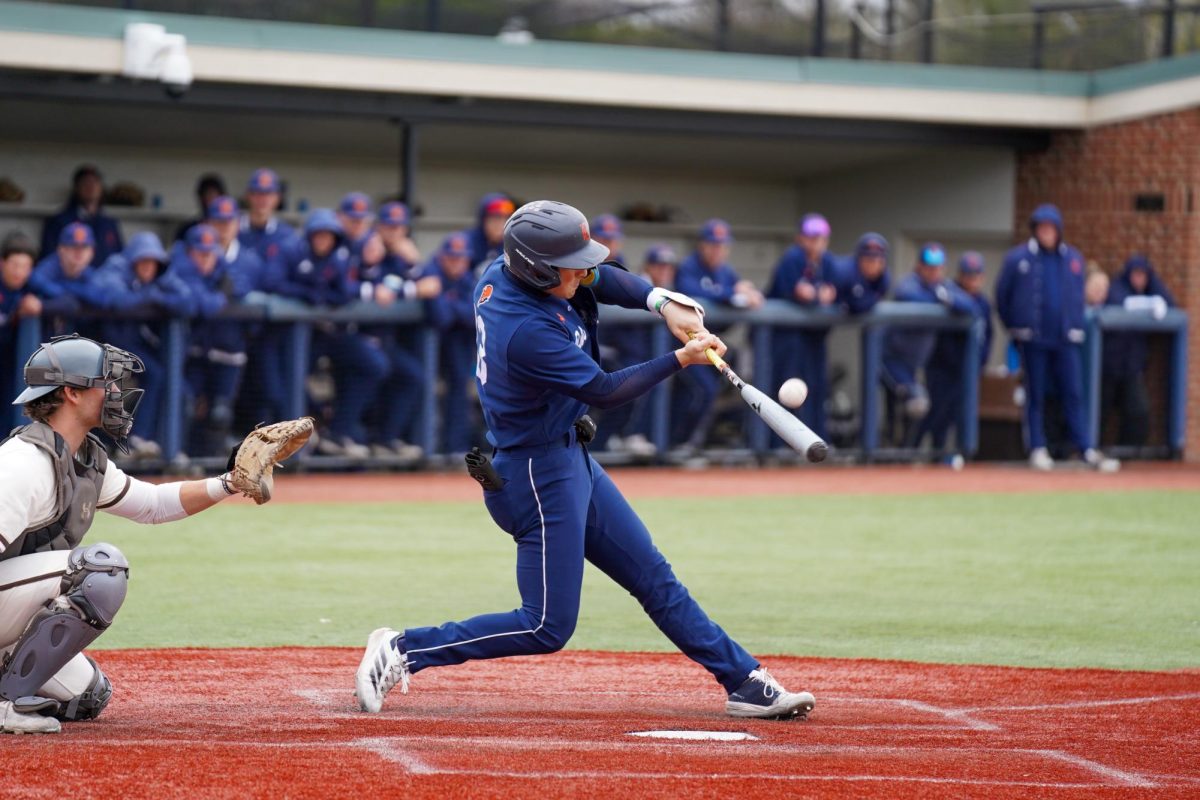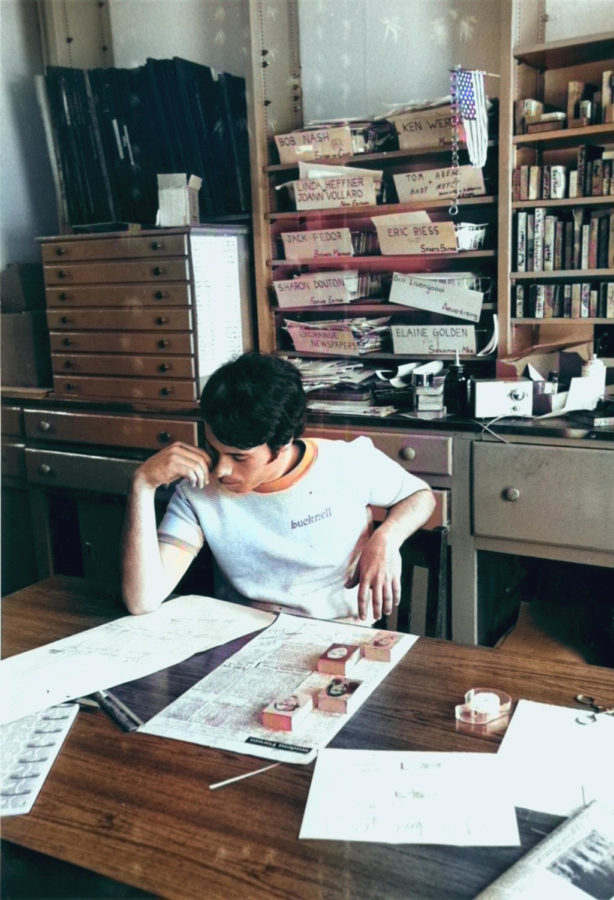Cameras are all around us: at entrances of every building, within every store, outside and sometimes even inside homes, and in the hands of nearly everyone at all hours of the day. We record and are recorded both consciously and unconsciously more times than we can account for, and yet in most scenarios we do not acknowledge or care about their existence. Yet, it is immensely common to hear discussions of invasions of privacy surrounding the installation of cameras in residential buildings on college campuses, and the use of police body-worn cameras (BWCs) at traffic stops.
Does the use of cameras in these contexts provide a substantial, sustainable shift in behavior that would reduce if not eliminate occurrences of vandalism and outrageous behaviors in college residential halls? Specifically, will the installation of 96 cameras in Vedder Hall really bring the slogan “Vedder is Better” to life? Empirical evidence from the legal system, including police body-worn-cameras (BWCs), interrogations, and camera angle suggests not.
The debate over BWCs is on a constant rise, as roadside stops spark a wave of cell phone recordings from bystanders – often capturing officers who are already recording the encounter themselves. While BWCs do not reduce officer effectiveness (Yokum et al., 2017), evidence suggests they also do not dramatically lower use-of-force incidents or complaints. Some studies even suggest that BWCs can reduce civilian rudeness and disrespect (Lum et al., 2019), but others note persistent aggressive behaviors towards police officers, even as civilians film the already-recorded encounters (Lawshe, 2018). This suggests that while it may be effective in areas in which police interactions are less violent, it may not be as effective in high-crime areas.
Although “high crime” areas do not exist on college campuses to the same extent, there are notoriously misbehaved dormitories, such as Vedder Hall. From broken mirrors and exit signs to stolen and burnt lounge tables to disrespecting the RA on duty and running away to hide illicit items, behaviors in residential buildings rarely change regardless of having authority figures present. Thus, installing cameras in residential halls where authority is continuously disrespected will cause only a temporary drop in misconduct, resulting in more violence, rather than less, in the long run, despite the presence of surveillance. Specifically, the video cameras may become the new exit signs: a target for destruction.
Proponents of videotaping police interrogations and surveillance – and by extension, placing cameras in residential halls – argue that surveillance can reduce poor behaviors and minimize infractions. However, the placement of these cameras can unintentionally bias observers of the recordings. If Community Directors or even Public Safety review these recordings when an incident occurs, they could be attending the residents’ actions, while ignoring those of RAs. Known as illusory causation within the legal system, when suspects are more visible than interrogators – such as when the camera shows the suspect’s full torso but only the interrogator’s back – observers are more likely to believe incriminating statements were made voluntarily, even if they were coerced.
This allows for the rise of the camera perspective bias, the degree to which a confession with incriminating statements is deemed to be coerced or voluntary relying heavily on the angle of the camera recording the interrogation, mock or otherwise. Investigated in mock interrogations (Lassiter & Irvine, 1986), trial simulations (Lassiter et al., 2002), and among experienced judges and police investigators (Lassiter et al., 2007), the bias is deeply tied to how videorecording is conducted, even with high-levels of professional experience.
Applied to college residential living, this research presents a double-edged sword. While video recording may initially curb misconduct, long-term behavior shifts are unlikely. Moreover, illusory causation and the camera perspective bias could complicate the use of the recorded footage by Public Safety and Residential Education, especially in residential halls where many different camera angles would be necessary to capture every corner of the building. Without consistent utilizations of the footage in conduct meetings transgressions that may be captured on camera, such as vandalism, may go unaddressed.
Taken together, empirical evidence from the legal system, including police body-worn-cameras (BWCs), interrogations, and camera angle suggests the use of cameras in the context of residential living will not provide a substantial, sustainable shift in behavior that would reduce if not eliminate occurrences of vandalism and outrageous. If systemic change in residence halls are to occur, it will not be due to cameras. So, are the 96 cameras being installed in Vedder Hall for the Fall 2025 semester really worth it? Probably not.


















